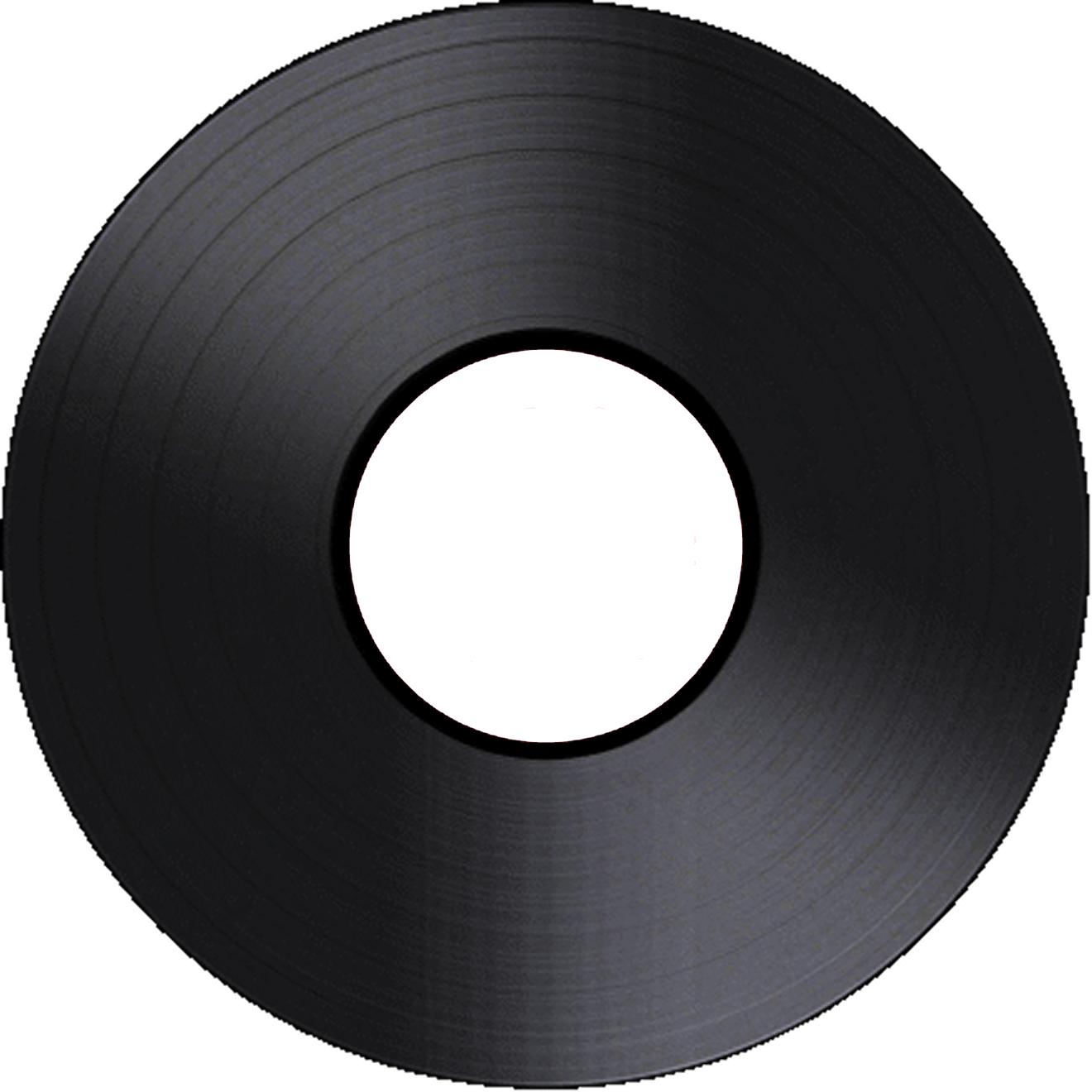

1988
Mick Jagger
Los Fab Four cambiaron el mundo para siempre. John, Paul, George y Ringo -sin necesidad de apellidos- dieron el pistoletazo de salida a la sísmica Invasión Británica que arrasó EE.UU. en los años sesenta. Como Elvis Presley antes que ellos, los Beatles reescribieron las reglas de lo que los artistas podían ser y hacer, alterando para siempre el panorama pop y cultural. En constante evolución musical, los Beatles marcaron el comienzo de la era moderna del rock, una época de experimentación, transformación y ruptura de tabúes, todo ello al son de irresistibles melodías.
Inducción
Impacto
Sonido característico
Los Beatles lo tenían todo: musicalidad estelar, personalidades magnéticas y canciones clásicas e intemporales. Escribiendo su propio material, los Fab Four eran una fuerza creativa autosuficiente como ninguna otra. Presentando canciones irresistibles mediante una síntesis revolucionaria de rock & roll de los 50, armonías pop ajustadas, un ritmo inspirado en Motown y un gusto por el riesgo, los cuatro chicos de Liverpool lo cambiaron todo.
El primer nº 1 de los Beatles en EE.UU. es una doble voz principal de Lennon-McCartney, y sigue siendo el single más vendido de la banda, con 12 millones de copias en todo el mundo.
Del museo
Ringo se pone el traje
El inconfundible look de los Beatles revolucionó el estilo del rock & roll. Sus trajes sin cuello a juego causaron sensación, al igual que sus peinados "mop top".
Inspirado en un diseño de traje de Pierre Cardin, este traje de 1963 que llevaba Ringo Starr probablemente fue confeccionado por el sastre británico Dougie Milling, que también diseñó atuendos para Buddy Holly y Cliff Richard. Ringo lo llevó en la portada estadounidense del 45 "I Want to Hold Your Hand".

Del museo
Ringo se pone el traje

El inconfundible look de los Beatles revolucionó el estilo del rock & roll. Sus trajes sin cuello a juego causaron sensación, al igual que sus peinados "mop top".
Inspirado en un diseño de traje de Pierre Cardin, este traje de 1963 que llevaba Ringo Starr probablemente fue confeccionado por el sastre británico Dougie Milling, que también diseñó atuendos para Buddy Holly y Cliff Richard. Ringo lo llevó en la portada estadounidense del 45 "I Want to Hold Your Hand".

De una generación a otra, los Beatles seguirán siendo el grupo de rock más importante de todos los tiempos.
Dave Grohl
Nirvana, Foo Fighters

Ensayo sobre el Salón de la Fama de 1988
"Hacían cosas que nadie hacía. Sus acordes eran escandalosos, simplemente escandalosos, y sus armonías lo hacían todo válido".
- Bob Dylan (citado por Michael Hill)



Artefactos de papel
más delRock & RollSalón de la FamaArchivos
Influencia
Arthur Alexander
Lonnie Donegan

The Beatles
Sellado con una firma
Esta es la firma que aparece en la placa de la persona admitida en el Salón de la Fama del Rock and Roll para conmemorar oficialmente su admisión.
más en
el pasillo







